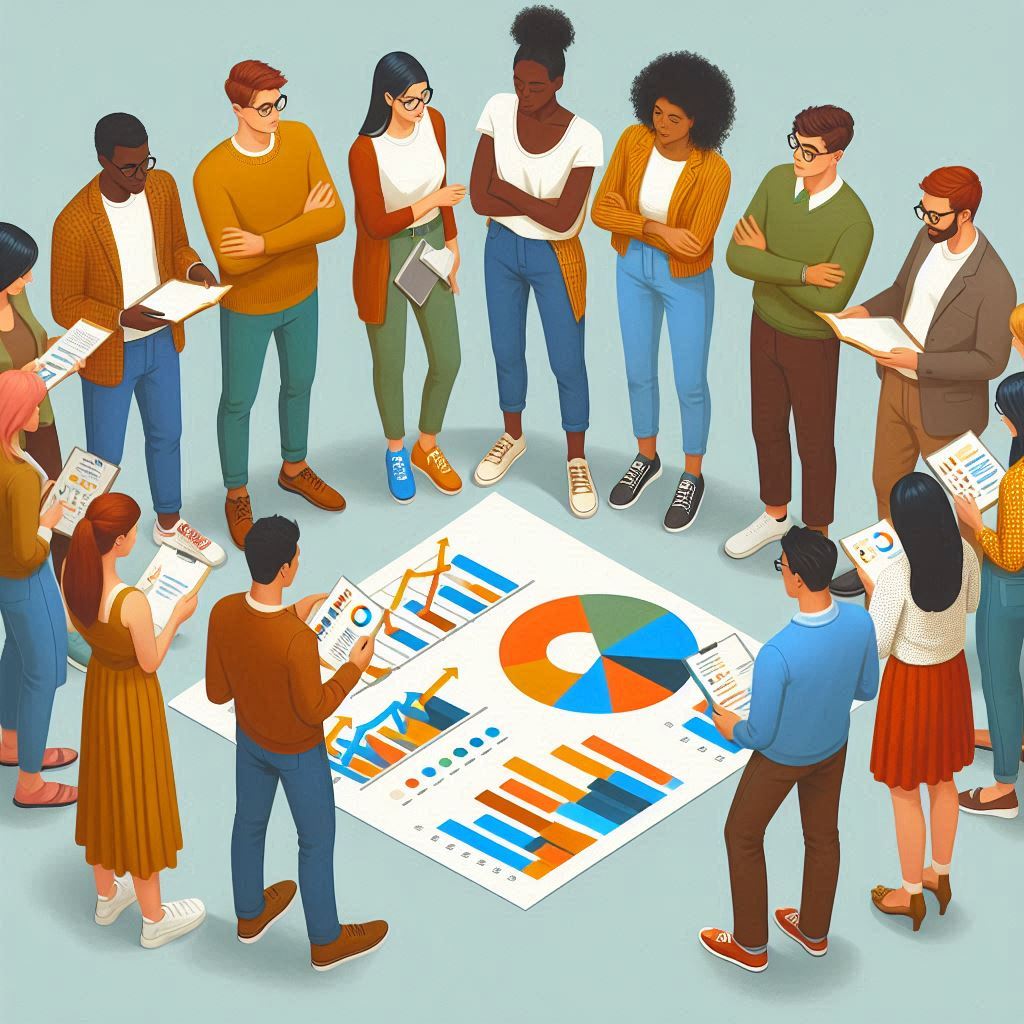
The history of Gallup polls in India can be traced back to the broader history of public opinion polling, which gained momentum globally in the 20th century. Here’s an overview of how Gallup-style polling evolved in India:
Early Beginnings
- Introduction of Polling Concepts: The concept of public opinion polling was introduced to India by foreign scholars and organizations. The methodology and rigor of Gallup polls, established by George Gallup in the United States in the 1930s, served as a model for polling practices worldwide.
Post-Independence Era
- Early Polls: In the years following India’s independence in 1947, polling was not yet a well-established practice. However, the need for understanding public opinion in a diverse and democratic society like India was recognized.
Growth and Institutionalization
- Development in the 1960s and 1970s: The practice of public opinion polling began to take shape in India during the 1960s and 1970s. Several Indian organizations and academic institutions started to explore and adopt polling techniques. Key players included the Indian Institute of Public Opinion (IIPO), which was one of the first to conduct systematic public opinion surveys in India.
- Influence of Gallup Methodology: The rigorous scientific methods pioneered by Gallup were gradually incorporated into Indian polling practices. This included random sampling, face-to-face interviews, and statistical analysis to ensure accuracy and reliability.
Modern Era
- Expansion in the 1980s and 1990s: By the 1980s and 1990s, polling became more common in India. The liberalization of the Indian economy in the 1990s also contributed to the growth of market research and polling organizations. Media houses and political parties started relying more on public opinion polls to gauge the mood of the electorate.
- Entry of International Polling Organizations: During this period, international polling organizations, including Gallup, began to show more interest in India. They either collaborated with local partners or set up their own operations to conduct polls.
21st Century and Present
- Proliferation of Polling Firms: In the 21st century, India has seen a proliferation of polling firms, both domestic and international. Organizations like CSDS (Centre for the Study of Developing Societies), Nielsen, Ipsos, and others have conducted numerous polls on political, social, and economic issues.
- Technological Advancements: The advent of digital technology and mobile communication has transformed polling practices in India. Online surveys, computer-assisted telephone interviewing (CATI), and other modern techniques have enhanced the reach and accuracy of polls.
- Challenges and Criticisms: Despite the advancements, polling in India faces challenges such as sampling errors, the diversity of the population, literacy levels, and regional disparities. There are also criticisms regarding the accuracy and influence of polls, particularly in predicting election outcomes.
Conclusion
The history of Gallup-style polling in India reflects a journey from early experimentation to the establishment of a robust polling ecosystem. Today, public opinion polls are a crucial part of the democratic process in India, providing insights into the views and preferences of its vast and diverse population.

Kalyan Chandra
Kalyan chandra is a political strategist, media and communication consultant with the expertise in public relations, marketing, political research, election campaign management, psephology and digital analytics. He focuses on strategic political consulting, offering services that include competitive research, public opinion collection, and digital media management. Kalyan has significantly contributed to successful campaigns across India with his meticulous approach and deep understanding of the political landscape.
